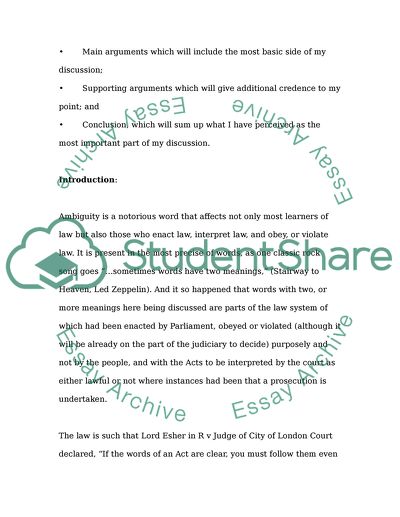Cite this document
(“Modern Statutory Interpretation Essay Example | Topics and Well Written Essays - 1500 words”, n.d.)
Retrieved from https://studentshare.org/law/1528518-modern-statutory-interpretation
Retrieved from https://studentshare.org/law/1528518-modern-statutory-interpretation
(Modern Statutory Interpretation Essay Example | Topics and Well Written Essays - 1500 Words)
https://studentshare.org/law/1528518-modern-statutory-interpretation.
https://studentshare.org/law/1528518-modern-statutory-interpretation.
“Modern Statutory Interpretation Essay Example | Topics and Well Written Essays - 1500 Words”, n.d. https://studentshare.org/law/1528518-modern-statutory-interpretation.


